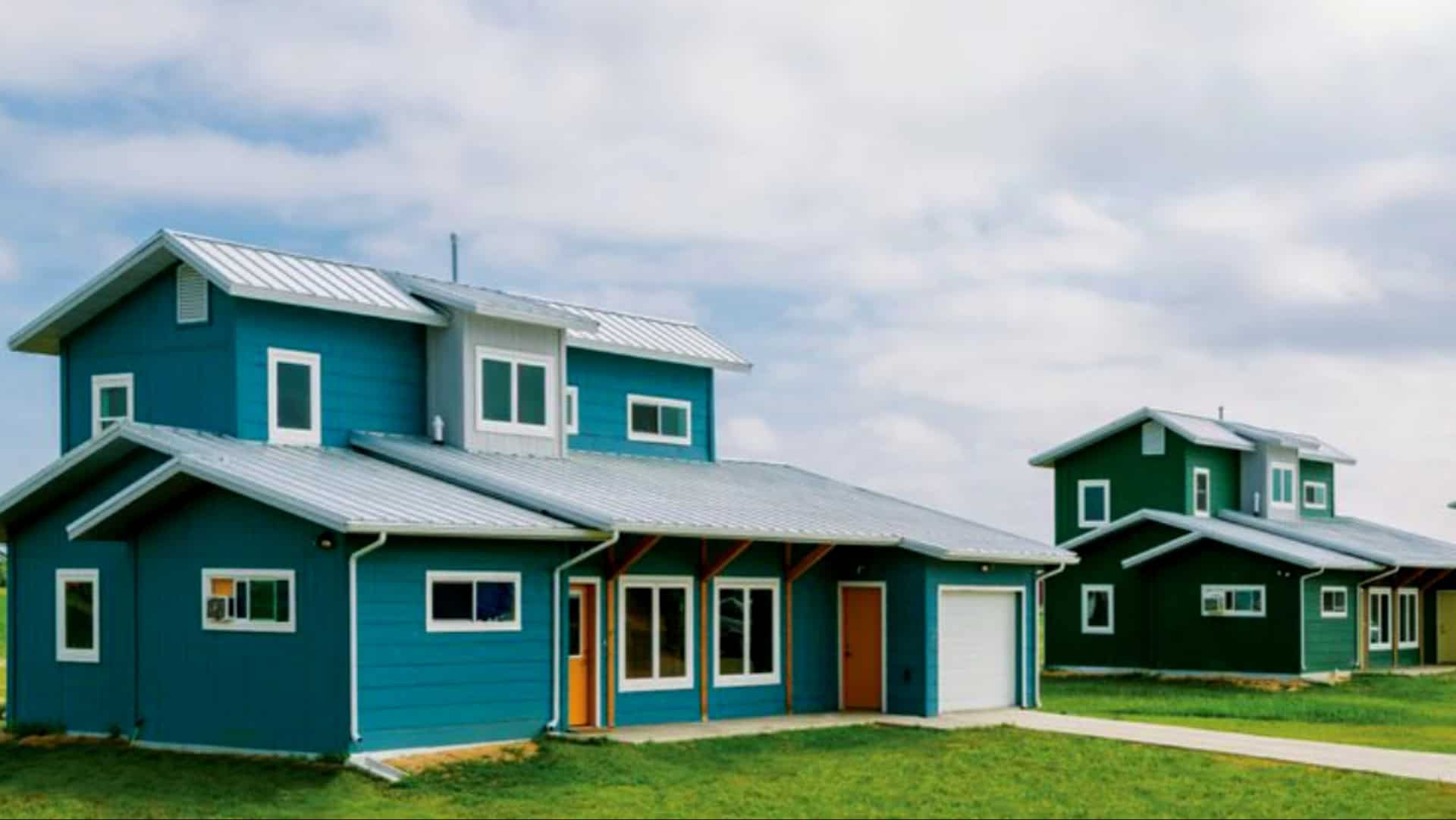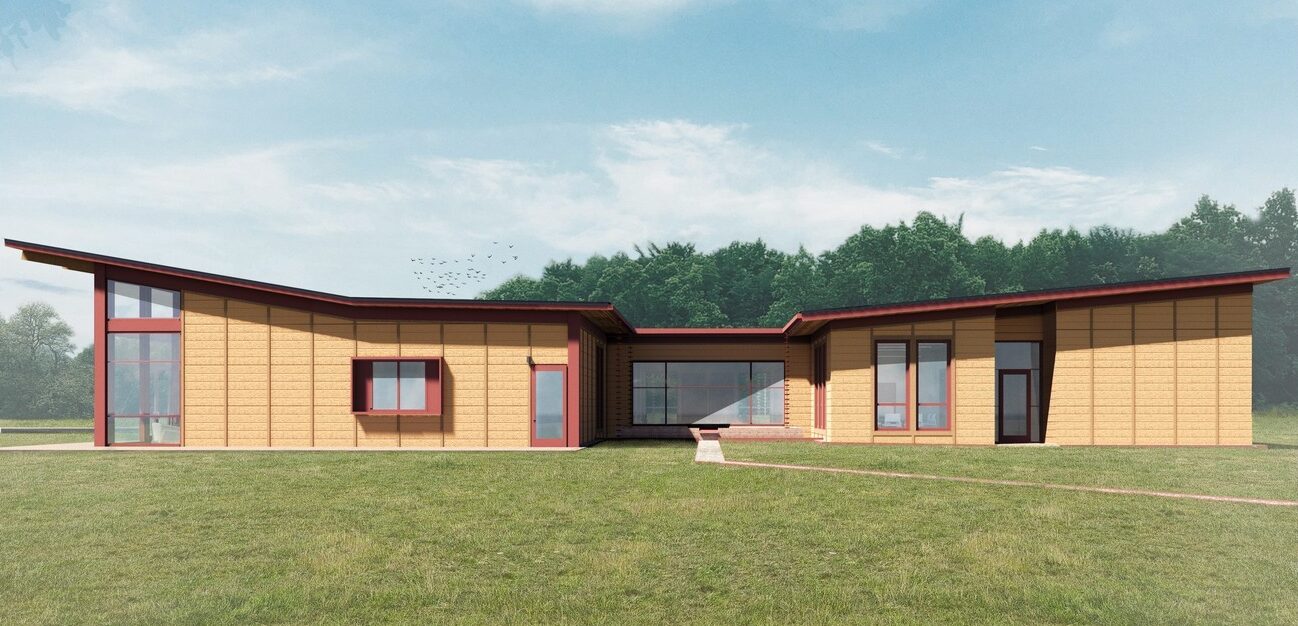Understanding housing on Indian reservations is vital to comprehending the unique challenges and characteristics faced by these communities.
From pricing to architectural styles, each element offers insights into the cultural and socio-economic dynamics at play.
1. Affordability and Pricing
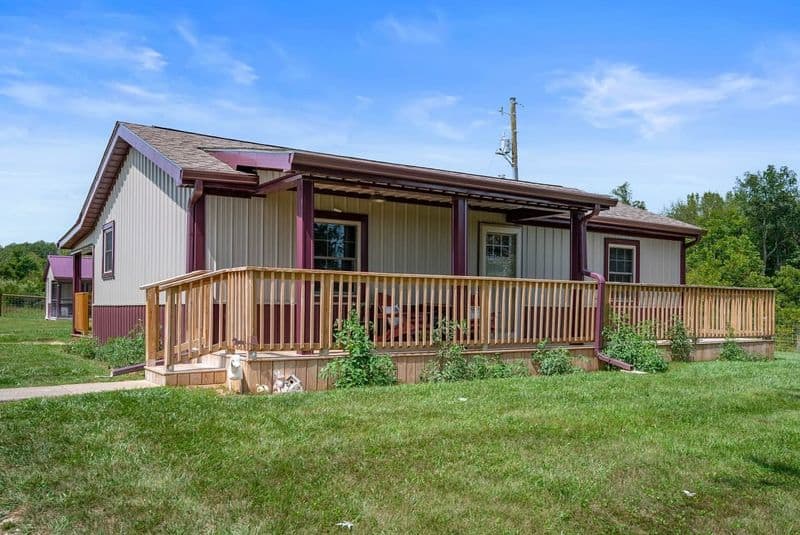
Housing prices on Indian reservations vary widely but often remain affordable compared to urban areas.
This affordability stems from the land being held in trust, reducing costs. However, limited financing options can complicate homeownership.
Many residents face challenges in securing loans due to regulatory restrictions, impacting their ability to buy homes.
Despite lower prices, the economic struggles of these communities mean that even affordable housing remains out of reach for some.
2. Architectural Styles
Homes on Indian reservations reflect a fusion of traditional and contemporary architectural styles.
Some homes retain indigenous influences, showcasing unique cultural designs, while others adopt modern, practical layouts.
This blend highlights the cultural heritage and adaptation to current living needs.
Also, sustainable building practices are increasingly embraced, promoting eco-friendly living.
The diversity in architectural styles mirrors the rich cultural tapestry of these communities, providing residents with varied living environments that respect tradition while embracing innovation.
3. Neighborhood Organization
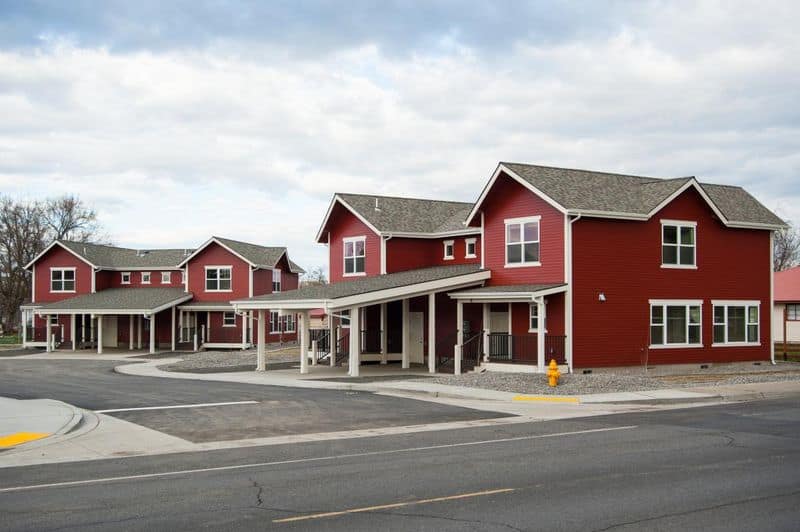
Neighborhoods on Indian reservations often lack the structured planning seen in urban areas.
Community-oriented layouts emphasize shared spaces, such as community centers and open parks, fostering social cohesion.
However, infrastructure can be underdeveloped, leading to challenges in transportation and access to services.
Efforts to improve planning and infrastructure are ongoing, aiming to enhance the quality of life for residents.
These changes focus on creating balanced environments that support community interaction and individual privacy.
4. Benefits of Reservation Housing
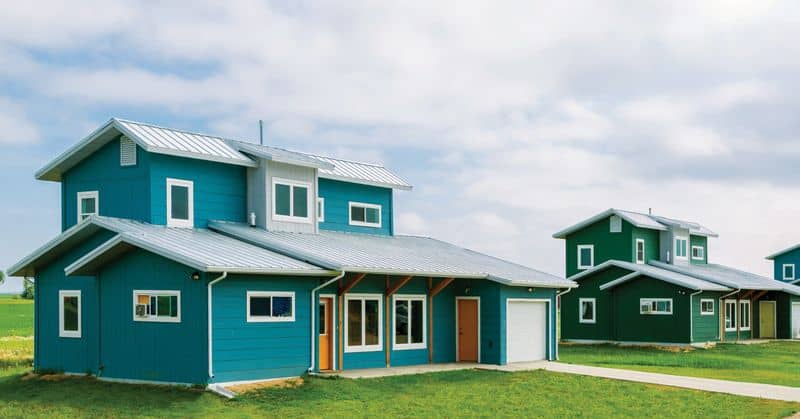
Living on Indian reservations offers a strong sense of community and cultural connection.
Residents enjoy close-knit relationships, supported by shared traditions and values. The natural surroundings provide a serene lifestyle, often with opportunities for outdoor activities.
Despite economic challenges, the communal support system is a significant advantage.
These benefits foster a unique living experience that prioritizes cultural identity and community well-being, enriching the lives of those who call reservations home.
5. Challenges in Reservation Housing
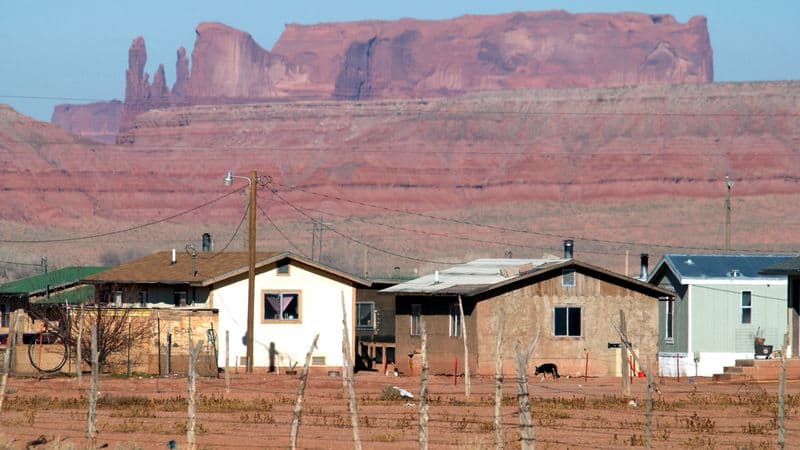
Residents face significant challenges, including inadequate infrastructure and maintenance issues in reservation housing.
Limited funding leads to housing shortages and deteriorating conditions. Access to utilities like water and electricity can be inconsistent, affecting daily life.
Efforts to improve these conditions are ongoing but require more substantial support and investment.
Overcoming these obstacles is vital for enhancing living standards and ensuring safe, reliable housing for all reservation residents.
6. Cultural Significance of Homes
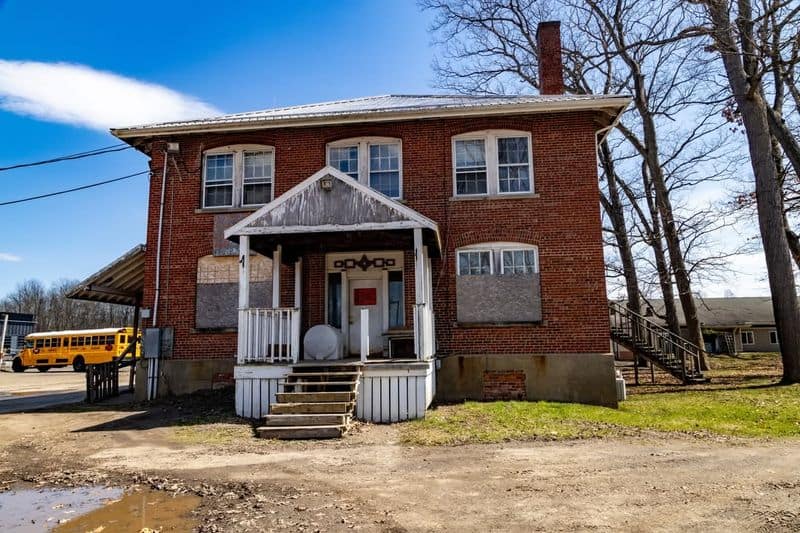
Homes on Indian reservations hold deep cultural significance, representing more than just physical structures.
They embody traditions, beliefs, and the history of the community. Architectural elements often incorporate cultural symbols, preserving heritage and fostering a sense of identity.
These homes are spaces where cultural practices continue, maintaining connections to the past while supporting contemporary lifestyles.
The cultural importance of these homes makes them vital to the community’s social and spiritual life.
7. Future Prospects and Developments
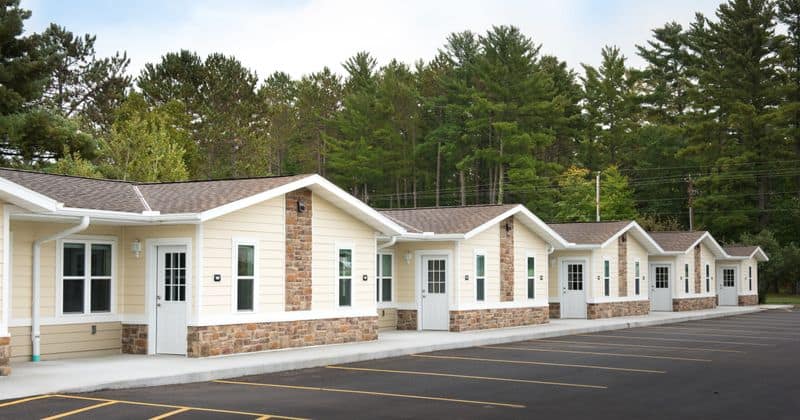
The future of reservation housing is focused on sustainable development and modernization.
Projects aim to incorporate eco-friendly materials and designs, promoting environmental stewardship.
Community-driven initiatives seek to enhance living conditions while respecting cultural values.
With growing awareness and investment, there’s potential for significant improvements in housing quality and availability.
These developments promise a brighter future, addressing current issues and paving the way for a more sustainable and prosperous community life.

